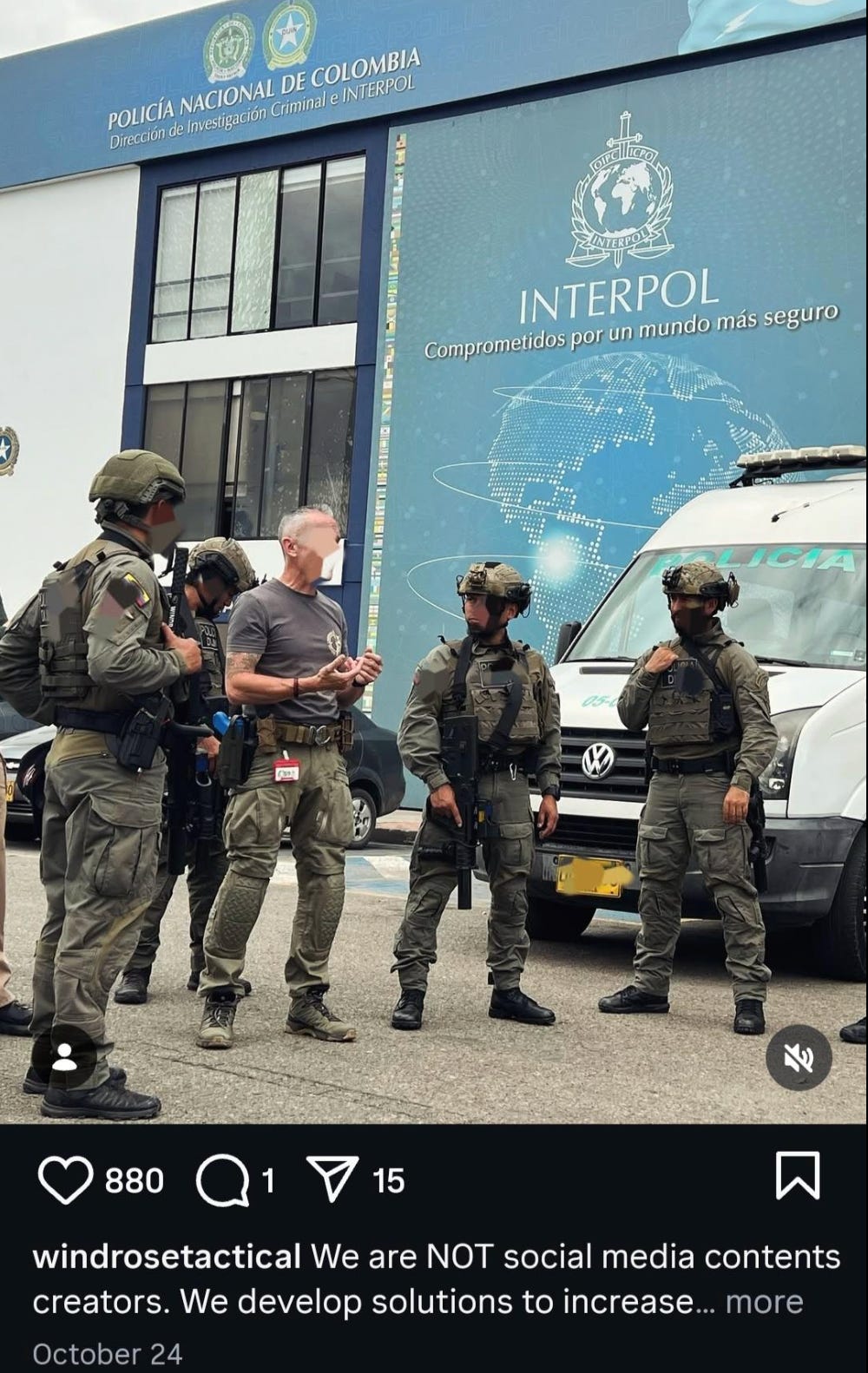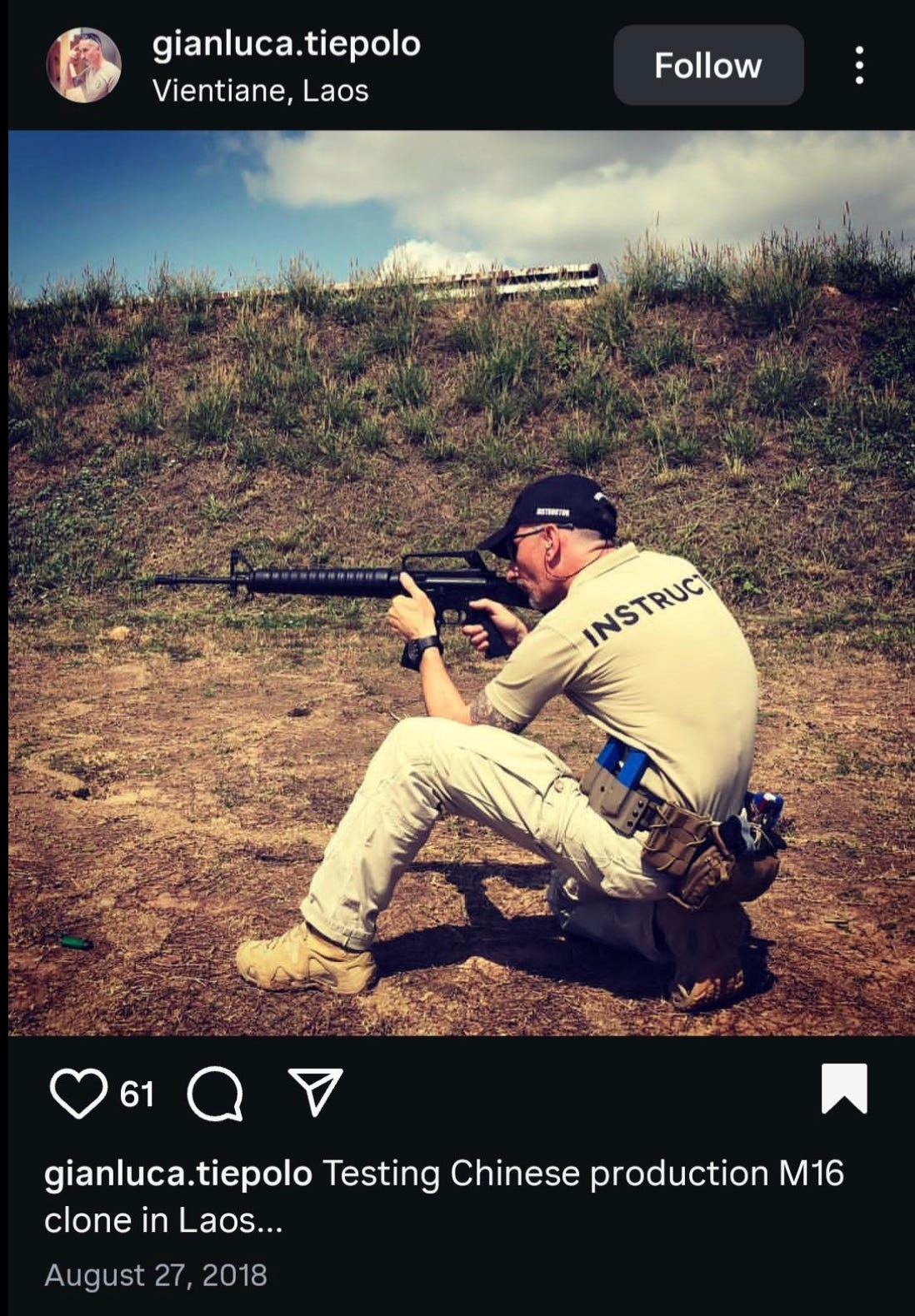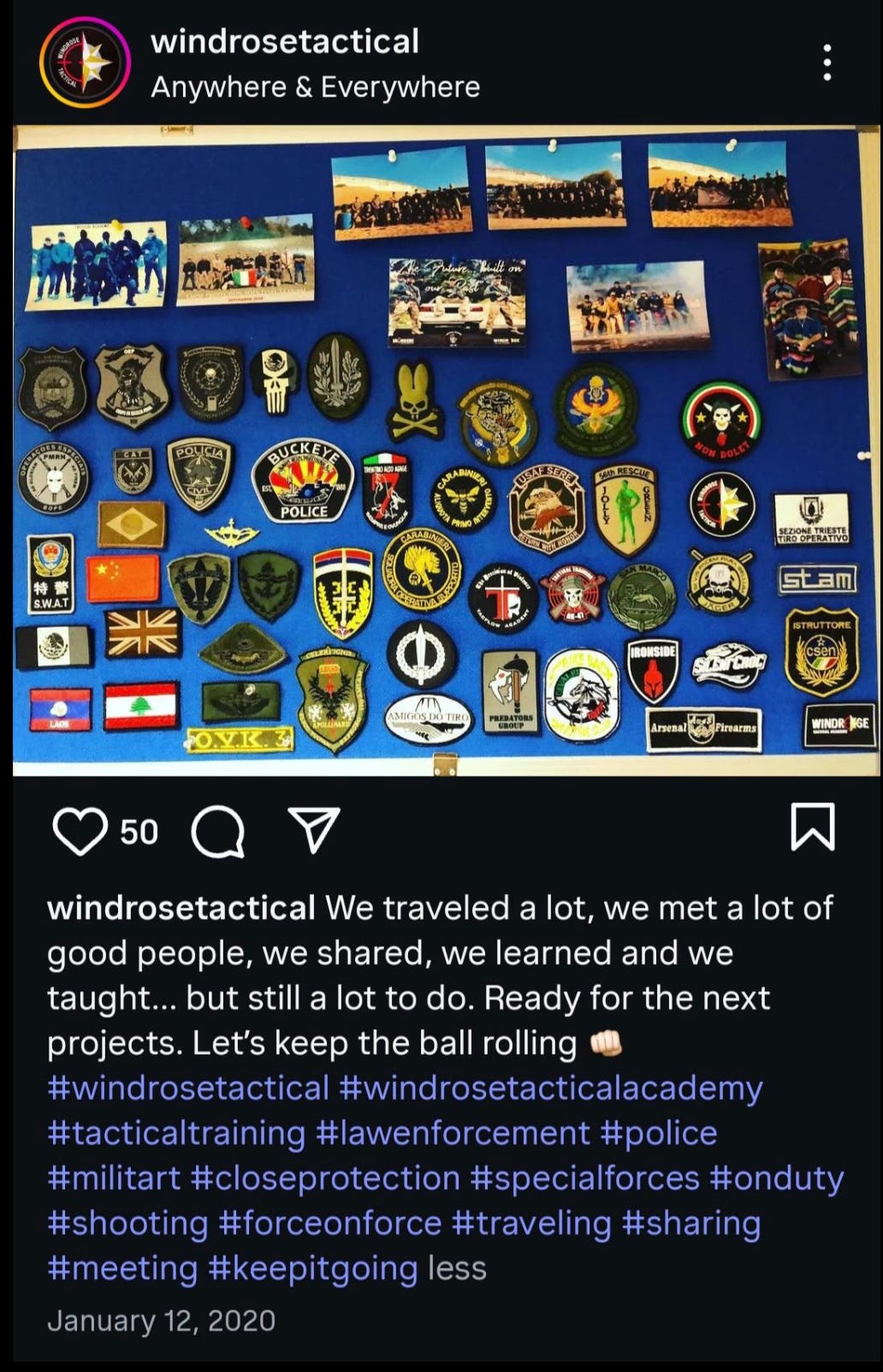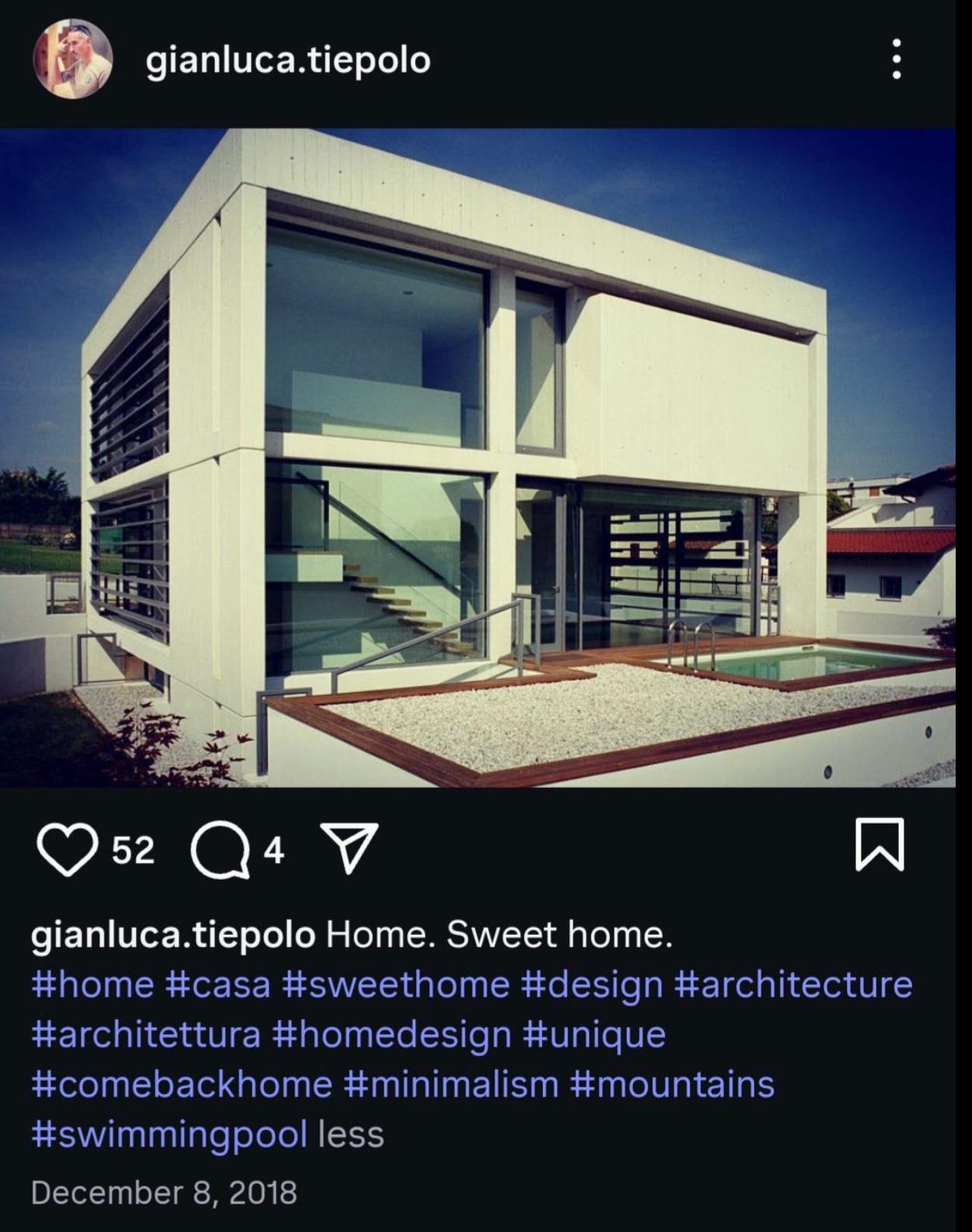Curated Photos From a Sanctioned Life: Inside the Instagram of an Italian Special Forces veteran U.S. officials say moves Ryan Wedding’s money and trains his killers
WASHINGTON – In its sanctions against Canadian ex-Olympian Ryan James Wedding, the U.S. Treasury pulled back the curtain on a billion-dollar cocaine and money-laundering machine that U.S. officials now compare to the empires of Joaquin “El Chapo” Guzman and Pablo Escobar.
What the November 19 announcement really exposed was a cast of specialists around Wedding — enforcers, money men and female fixers, including a high-end Colombian madame, Wedding’s Mexican wife and a Colombian girlfriend — figures who are notable in their own right, according to U.S. and Canadian police sources. Wedding’s Latin women follow his earlier marriage to an Iranian-Canadian woman in Vancouver, whom prior reporting has linked to underground Iranian money-laundering and threat networks.
That cast shows how a Canadian citizen has effectively become a global logistics manager of lethal commodities. Or rather, it demonstrates the Latin American–sourced segment of his business, without yet touching on the methamphetamine and fentanyl labs in Canada, sourced from China, that already appear in records tied to his known associates in British Columbia, Alberta, Ontario and Quebec.
What is most alarming in the U.S. government evidence is how Wedding has embedded himself in overlapping worlds of cartel protection, lawyers, luxury commerce and state-trained violence, giving fascinating glimpses of figures that might be more powerful than Wedding himself.
One is Edgar Alvarado, “the General,” a former Mexican law-enforcement officer with ties to senior Mexican security officials who, according to Treasury, uses police sources to locate targets for Wedding while his fuel companies anchor him in Mexico’s official economy. Another man stands out for different reasons: former Italian special forces member Gianluca Tiepolo, who, U.S. authorities say, has held millions of dollars in Wedding’s assets under his own name, traded in high-end cars and motorcycles, and has run Windrose Tactical training camps that prepared many of Wedding’s hitmen.
This visual investigation uses Tiepolo’s own public footprint — his companies, travel, and curated online lifestyle — to trace how extreme wealth, tactical expertise and cartel work can converge in one man, and what that reveals about the vulnerabilities of the government and military systems that trained him and that he continues to train. The allegations against Tiepolo have not been proven in court, and those associated with him in his public photos are not accused by the U.S. government of wrongdoing.
Tiepolo’s feed presents him as the hub of a global security ecosystem, plugged into a club of close-protection outfits and “consulting” firms that market themselves as international problem-solvers.
In Mexico, posts from Estado de México in late 2018 show Tiepolo in full instructor mode on a live-fire range, kneeling over an AR-style rifle, “INSTRUCTOR” stitched across his back, Italian flag and unit-style patches on his sleeves. Other shots from “somewhere in Mexico” show classroom briefings in hotel conference rooms, live-fire drills against silhouette targets and suited-up protection teams outside an armoured black SUV, faces blurred.
It is the Instagram version of what the sanctions allege on paper: a former special forces operator exporting European-style precision and close-protection training into Mexican terrain, where Wedding is believed to live under cartel protection.
Another cluster of images underlines how far his claimed client base extends. A 2018 skyline photo from Hong Kong, a range day in Vientiane, Laos testing a Chinese-made M16 clone, and a Windrose collage of shoulder patches from special units and military formations around the world all situate him inside a global circuit of state and semi-state security actors. The patch board in particular — badges from European police, North American departments, Asian units and special forces insignia — functions as a wall of endorsements and state ties.
Running parallel to the operator imagery is a carefully staged lifestyle track. In late 2018 he posts a stark, glass-and-concrete modernist villa in the Italian mountains — “Home. Sweet home.” By 2020, another property in Tenerife is described as his “refuge” and “plan B,” a peaceful oceanside compound framed by high walls. Between those, he shows off a Porsche GT3 RS with a British plate and a Ferrari 360 Challenge, and later a 2023 shot from the Stile Italiano showroom in Pordenone: a red Ferrari under a custom mural in Italian colours, flanked by custom motorcycles and Harley-Davidson branding.
Keep reading with a 7-day free trial
Subscribe to The Bureau to keep reading this post and get 7 days of free access to the full post archives.










